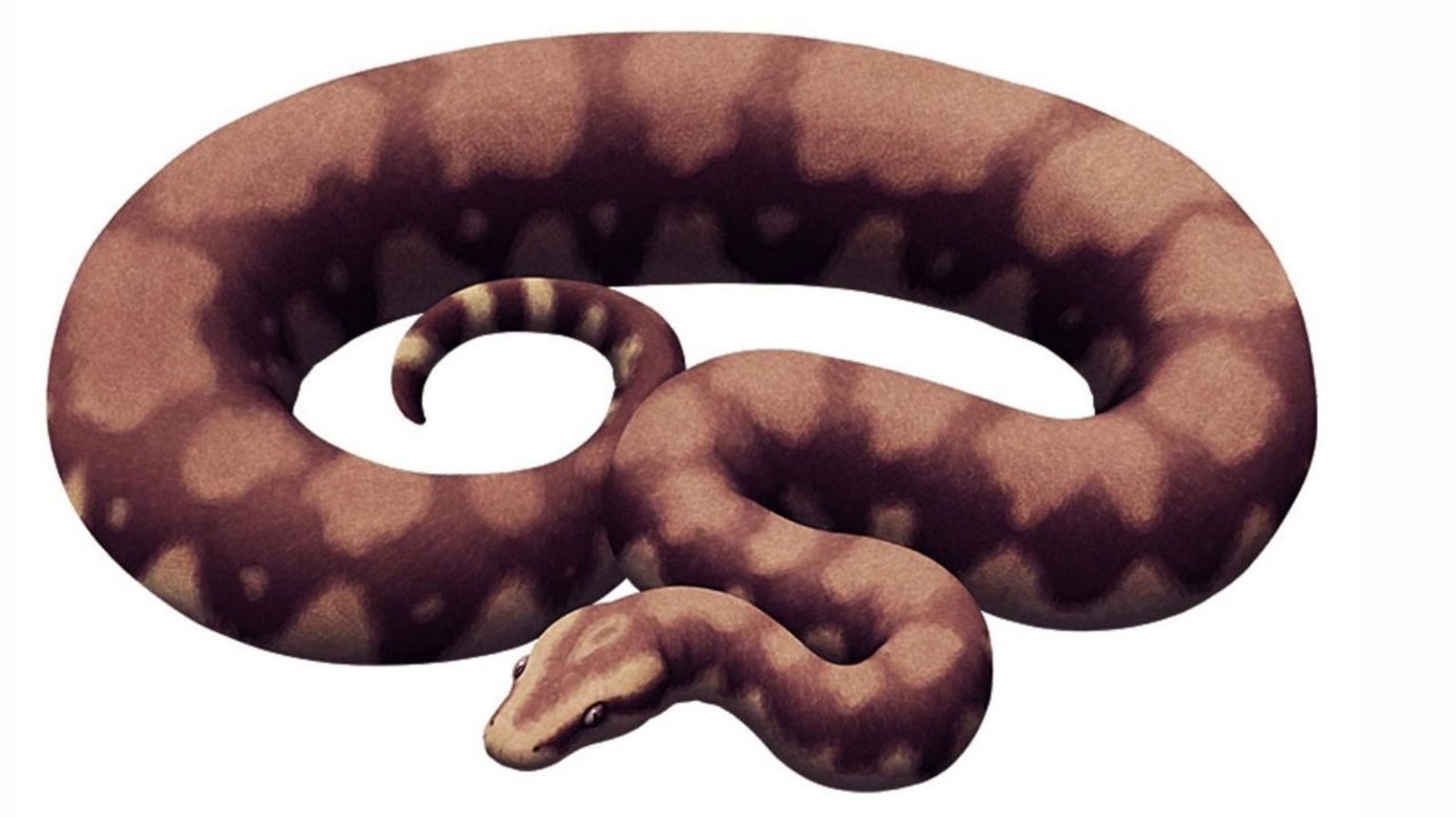Indian researchers have discovered a gigantic snake fossil that lived around 47 million years ago. This creature measured between 36 and 50 feet long, making it one of the biggest snakes to have ever existed. Named Vasuki Indicus, this beast belonged to the extinct madtsoiidae clade and was found in a coal mine in Gujarat, India. The size of the snake suggests that the tropical regions were much warmer back then, leading to the evolution of larger organisms.
The researchers, Debajit Datta and Sunil Bajpai, identified Vasuki Indicus from a partial vertebral column containing 27 vertebrae. These well-preserved vertebrae suggest a broad cylindrical body with an estimated 800 vertebrae in total. It is speculated that this giant snake was a slow-moving ambush predator similar to modern anacondas or pythons. The discovery of Vasuki helps shed light on the movement and evolution of madtsoiidae across different continents over time.
Madtsoiidae snakes roamed across various parts of the world, including South America, Africa, Australia, Southern Europe, and India. Vasuki Indicus is not only the largest madtsoiid snake found but also competes in size with another giant extinct snake, Titanoboa, which lived in South America 60 million years ago. Snake expert Bryan Fry sees the identification of Vasuki as an example of convergent evolution, where organisms independently evolve similar traits to adapt to their environment.
The discovery of Vasuki Indicus adds to a growing list of massive snake finds this year, including a new species of anaconda uncovered in the Amazon. This further emphasizes the importance of understanding how different species adapt to their environment and fill ecological niches through evolution. The research team, led by Bajpai and Datta, is excited about Vasuki’s significance in the study of prehistoric snakes and their movement across continents. The gigantic size of Vasuki suggests a correlation between ambient temperature and body size in poikilotherms.


